The Library of Consciousness
of Consciousness
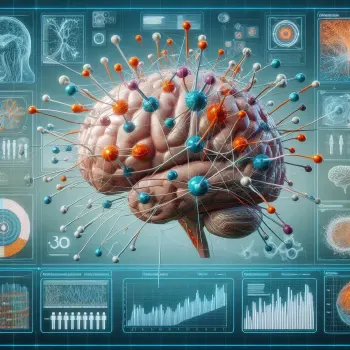
I can voluntarily open and close my hand, but how the devil do I do that? I don’t know. But I do it, see? I’ve no idea how this happens, but I do it.

Neuroscience is the scientific study of the nervous system. The human brain is made up of approximately 86 billion neurons that communicate through electrical and chemical signals. Understanding how the neurons connect and function to generate thoughts, behaviors, memories, and feelings is the fundamental aim of neuroscience research.
Major topics in neuroscience include neural development, neural plasticity, neurochemistry, computational neuroscience, and behavioral neuroscience. Technologies like MRI scanning and transgenic model organisms allow neuroscientists to study the living brain down to the level of a single neuron. Applying findings from neuroscience research has implications for better understanding and potentially treating neurological and psychiatric disorders like Alzheimer’s disease, Parkinson’s disease, depression, and schizophrenia. The interdisciplinary nature of neuroscience bridges biology, psychology, medicine, computer science, engineering, economics, and more to more fully elucidate the complexity of the human brain.
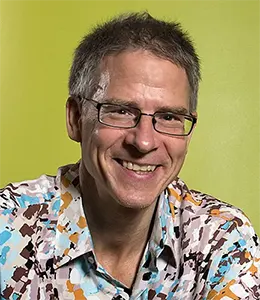
DMT and Integrated Information Theory
Neuroscientist Christof Koch’s 5-MeO-DMT experience, marked by self-dissolution and “terror and ecstasy,” sparks a deep discussion on consciousness, Integrated Information Theory (IIT), and reality. IIT suggests consciousness is non-computable and may exist beyond individual brains, potentially forming higher-order minds. Koch inquires whether his psychedelic journey was a mere brain state or a glimpse into a universal mind.

Hard Problem of Consciousness
Philosopher David Chalmers on the combination problem, dualism, and panpsychism.
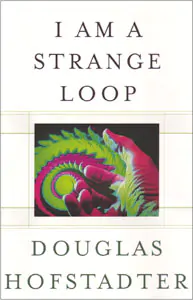
I Am A Strange Loop
Douglas Hofstadter examines in depth the concept of a strange loop to explain the sense of "I".
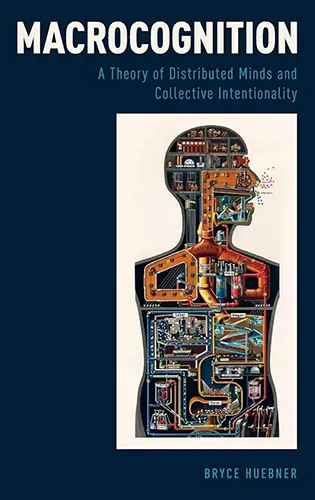
Macrocognition
A Theory of Distributed Minds and Collective Intentionality
Bryce Huebner develops a novel approach to distributed cognition and collective intentionality, arguing that genuine cognition requires the capacity for flexible, goal-directed behavior enabled by integrated representational systems. It posits that collective mentality should be ascribed where specialized subroutines are integrated to yield group-relevant, goal-directed behavior. The approach reveals that there are many kinds of collective minds, some more akin to those of honeybees or cats than humans. It challenges traditional notions of collective intentionality, suggesting that groups are unlikely to be "believers" in the fullest sense, shedding new light on questions of collective intentionality and responsibility.
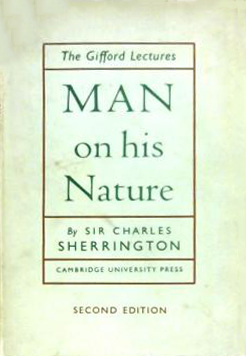
Man on his Nature
Sherrington had long studied the 16th century French physician Jean Fernel, and grew so familiar with him that he considered him a friend. In the years of 1937 and 1938, Sherrington delivered the Gifford lectures at the University of Edinburgh; these focused on Fernel and his times, and came to form the principal content of Man on His Nature. The book was released in 1940, and a revised edition came out in 1951. It explores philosophical thoughts about the mind, the human existence, and God, in connection with natural theology. In his ideas on the mind and cognition, Sherrington introduced the idea that neurons work as groups in a "million-fold democracy" to produce outcomes rather than with central control.
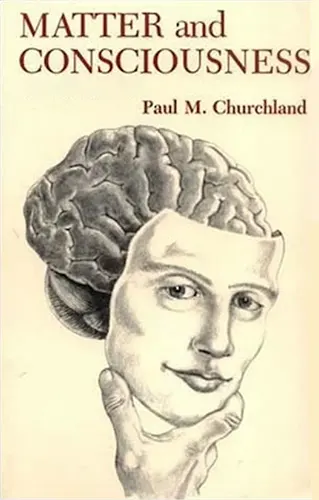
Matter and Consciousness
A Contemporary Introduction to the Philosophy of Mind
In Matter and Consciousness, Paul Churchland clearly presents the advantages and disadvantages of such difficult issues in philosophy of mind as behaviorism, reductive materialism, functionalism, and eliminative materialism. Churchland organizes and clarifies the new theoretical and experimental results of the natural sciences for a wider philosophical audience, observing that this research bears directly on questions concerning the basic elements of cognitive activity and their implementation in real physical systems. (How is it, he asks, that living creatures perform some cognitive tasks so swiftly and easily, where computers do them only badly or not at all?) Most significant for philosophy, Churchland asserts, is the support these results tend to give to thereductive and the eliminative versions of materialism.

Reality Isn't
What if the way our senses perceive reality is not at all representative of its true nature, but rather a highly abstracted interface? Donald Hoffman is working on a mathematical theory to find out.

Ripples and Puddles
Robotics pioneer Hans Moravec traces the evolution of artificial intelligence, contrasting the "shallow ripples" of reasoning programs with the "deep puddles" of perception systems. Though reasoning AIs currently outperform humans on some tasks, Moravec contends they cannot match the murky depths of the subconscious mind. Instead, he foresees a new generation of increasingly capable consumer robots, their lizard- then mammal-like brains modeled on biology. Passing through stages akin to evolution, Moravec argues market forces will drive these machines to one day exceed human intelligence.
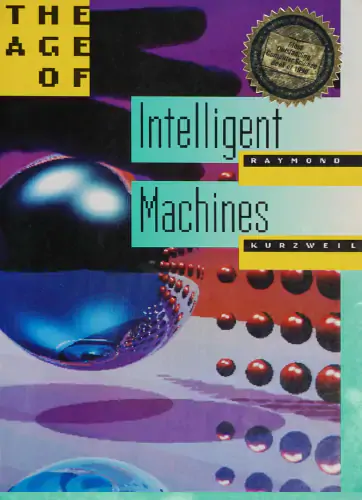
The Age of Intelligent Machines
Inventor and visionary computer scientist Ray Kurzweil probes the past, present, and future of artificial intelligence, from its earliest philosophical and mathematical roots to tantalizing glimpses of 21st-century machines with superior intelligence and truly prodigious speed and memory. Generously illustrated and easily accessible to the nonspecialist, this book provides the background needed for a full understanding of the enormous scientific potential represented by intelligent machines as well as their equally profound philosophic, economic, and social implications.
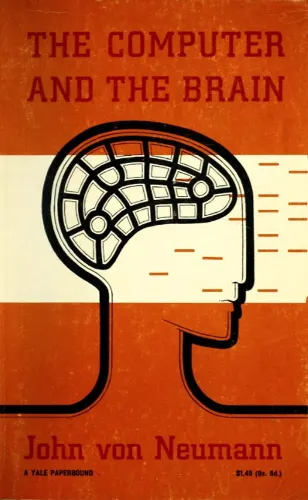
The Computer and the Brain
John von Neumann's unfinished book, begun shortly before his death and published posthumously. He discusses how the brain can be viewed as a computing machine, touching on several important differences between brains and computers of his day (such as processing speed and parallelism), as well as suggesting directions for future research.
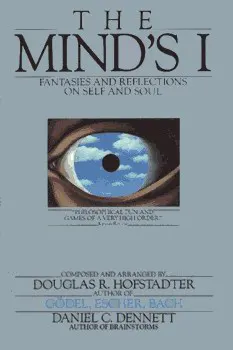
The Mind's I
Fantasies and Reflections on Self and Soul
Brilliant, shattering, mind-jolting, The Mind's I is a searching, probing cosmic journey of the mind that goes deeply into the problem of self and self-consciousness as anything written in our time. From verbalizing chimpanzees to scientific speculations involving machines with souls, from the mesmerizing, maze-like fiction of Borges to the tantalizing, dreamlike fiction of Lem and Princess Ineffable, her circuits glowing read and gold, The Mind's I opens the mind to the Black Box of fantasy, to the windfalls of reflection, to new dimensions of exciting possibilities.
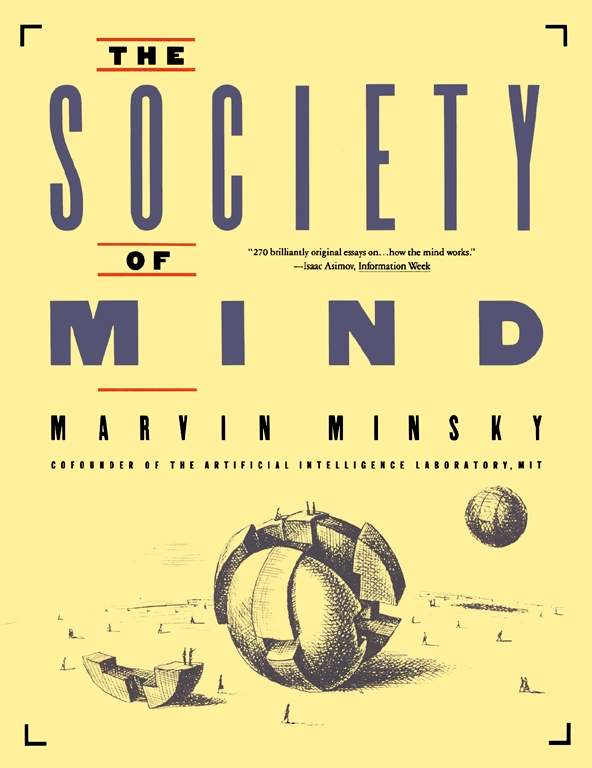
The Society of Mind
Marvin Minsky (one of the fathers of computer science and cofounder of the Artificial Intelligence Laboratory at MIT) gives a revolutionary answer to the age-old question: How does the mind work? Minsky brilliantly portrays the mind as a 'society' of tiny components that are themselves mindless. Mirroring his theory, Minsky boldly casts The Society of Mind as an intellectual puzzle whose pieces are assembled along the way. Each chapter, presented on a self-contained page, corresponds to a piece in the puzzle. As the pages turn, a unified theory of the mind emerges, like a mosaic. Ingenious, amusing, and easy to read, The Society of Mind is an adventure in imagination.

The Value of Psychotic Experience
Watts questions society’s rigid definitions of sanity and madness, arguing we should embrace diverse states of consciousness rather than forcibly conform people. Drawing from Zen and Eastern thought, he advocates a humble, curious approach to the human condition, eschewing the search for grand, predetermined meanings. Instead, Watts encourages simply being present and attentive to the spontaneity of existence, free from the narrow constraints of societal norms and expectations. He cautions against dismissing the nonconformist as “sick,” urging an open-minded tolerance of life’s variations.

What is it Like to be a Thermostat?
Commentary on Dan Lloyd, “What is it Like to Be a Net?”
Could a simple thermostat possess consciousness? Philosopher David Chalmers believes it's possible. He compares connectionist networks to mundane thermostats, finding uncanny similarities in how they process information. This suggests thermostats could model basic conscious experience, if we accept certain criteria. Chalmers argues complexity alone cannot explain awareness. Though advanced artificial networks mimic consciousness, some essence eludes. He concludes we must look beyond connectionist models, seeking deeper laws not yet conceived, as we continue our quest to unveil the very essence of consciousness.

Why Is Anything Conscious?
This paper tackles the hard problem of consciousness by exploring how biological systems evolve to interpret the world. The authors argue that natural selection makes organisms self-organize into systems that feel, learn, and act—starting with basic self-awareness and climbing to complex human-level understanding. Their bold claim? Consciousness isn't an add-on but a deep, essential part of how life adapts to survive.

Wider Than the Sky
The Phenomenal Gift of Consciousness
How does the firing of neurons give rise to subjective sensations, thoughts, and emotions? How can the disparate domains of mind and body be reconciled? The quest for a scientifically based understanding of consciousness has attracted study and speculation across the ages. In this direct and non-technical discussion of consciousness, Dr. Gerald M. Edelman draws on a lifetime of scientific inquiry into the workings of the brain to formulate answers to the mind-body questions that intrigue every thinking person. Concise and understandable, the book explains pertinent findings of modern neuroscience and describes how consciousness arises in complex brains. Edelman explores the relation of consciousness to causation, to evolution, to the development of the self, and to the origins of feelings, learning, and memory. His analysis of the brain activities underlying consciousness is based on recent remarkable advances in biochemistry, immunology, medical imaging, neuroscience, and evolutionary biology, yet the implications of his book extend farther―beyond the worlds of science and medicine into virtually every area of human inquiry.